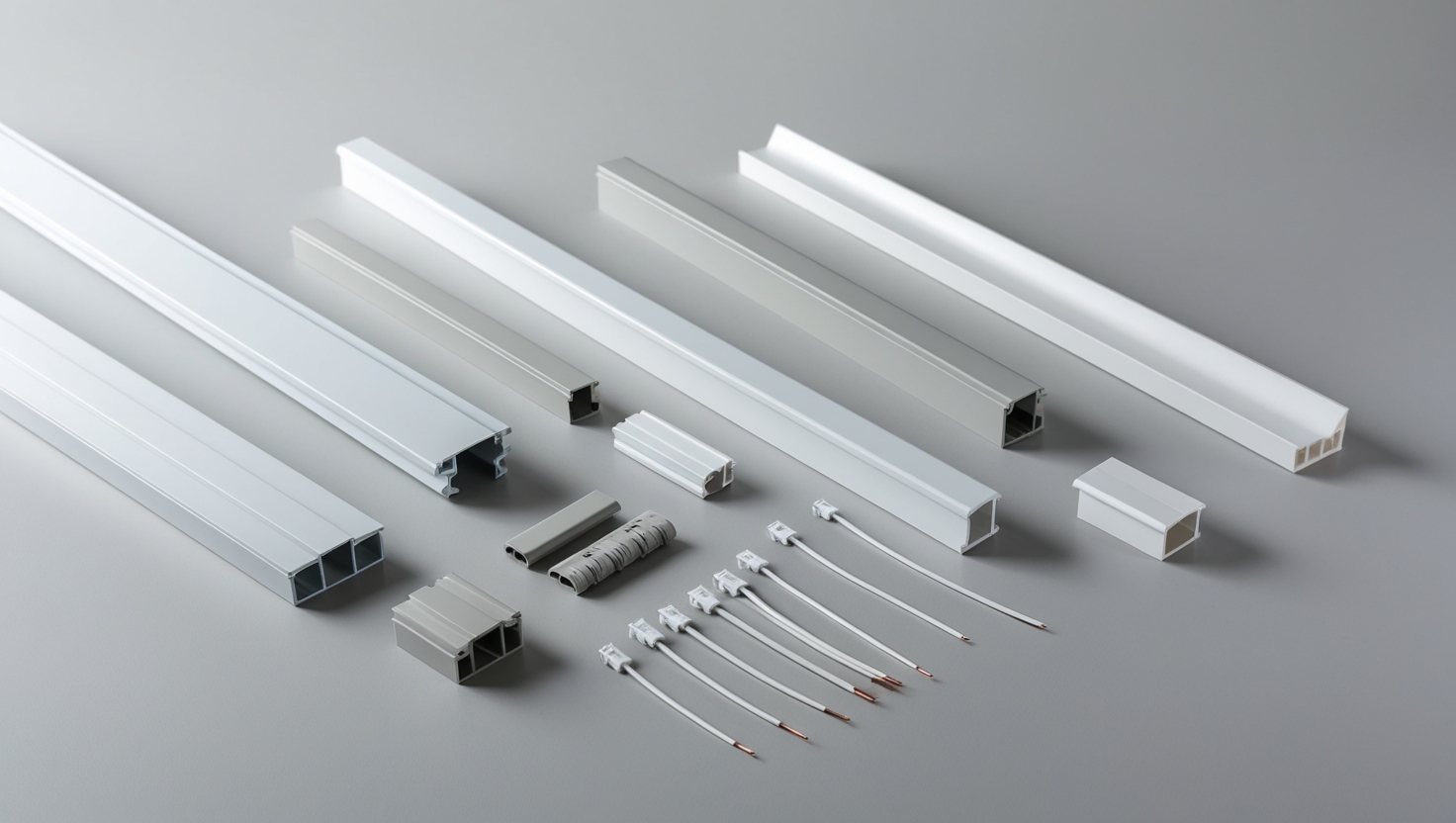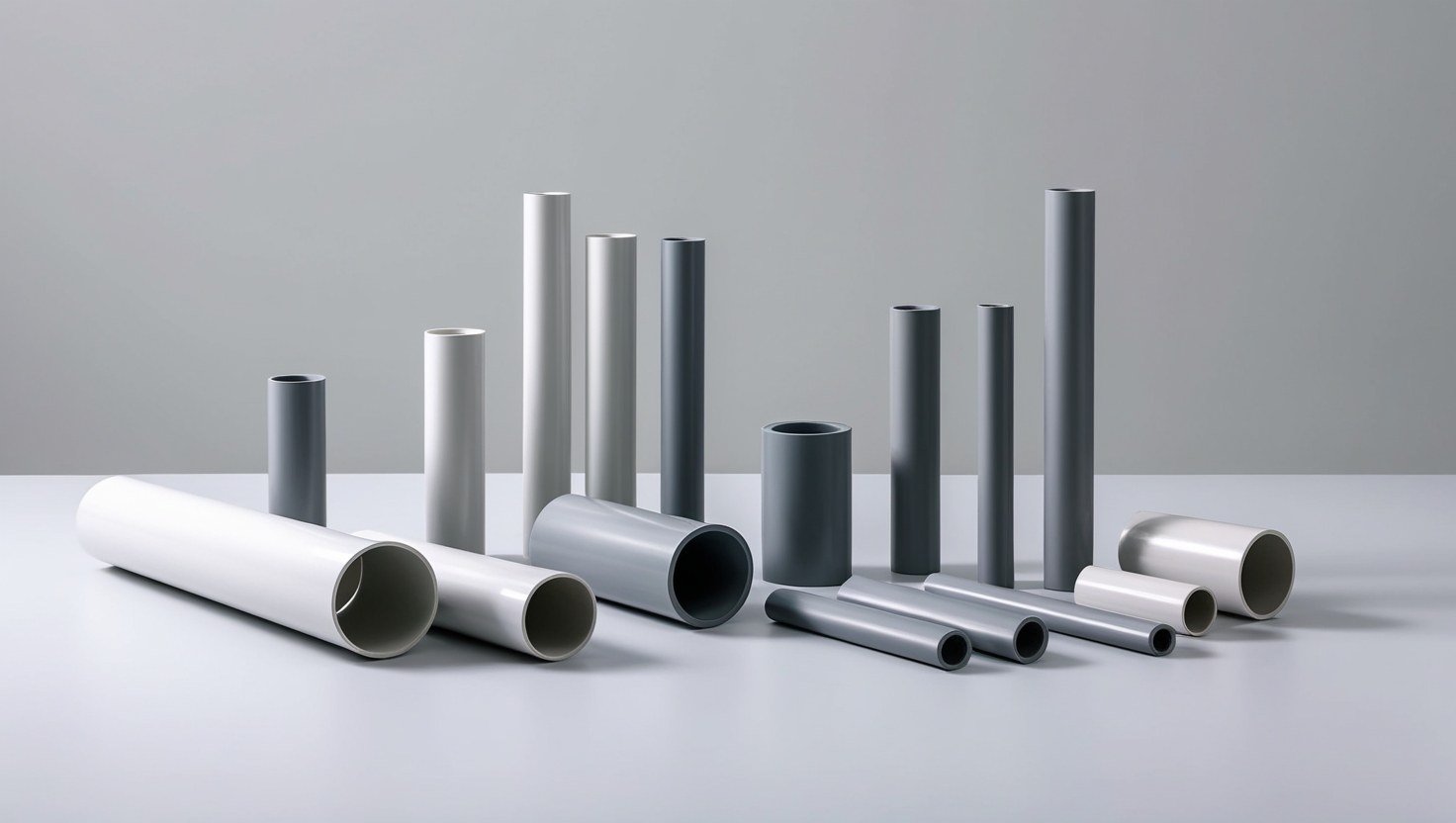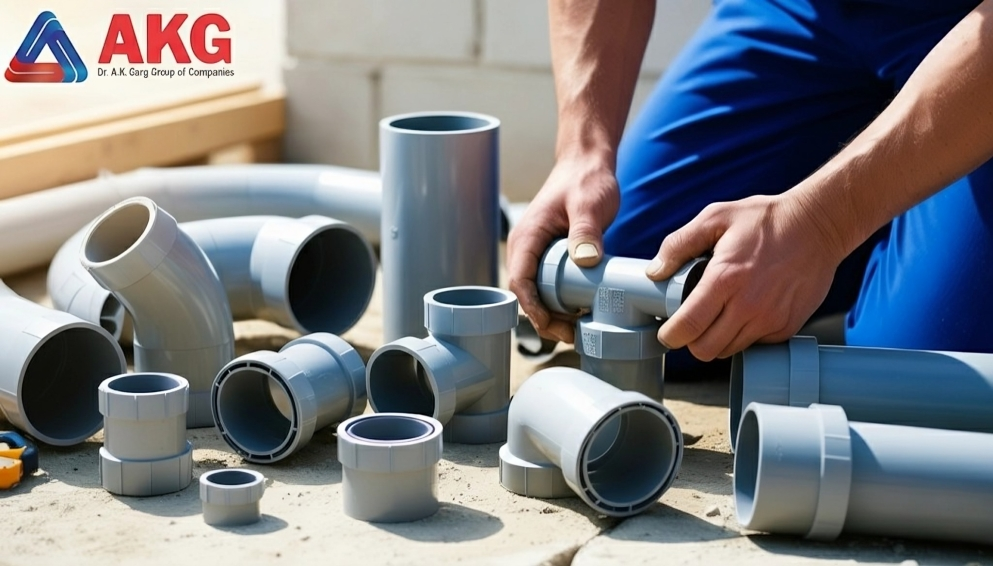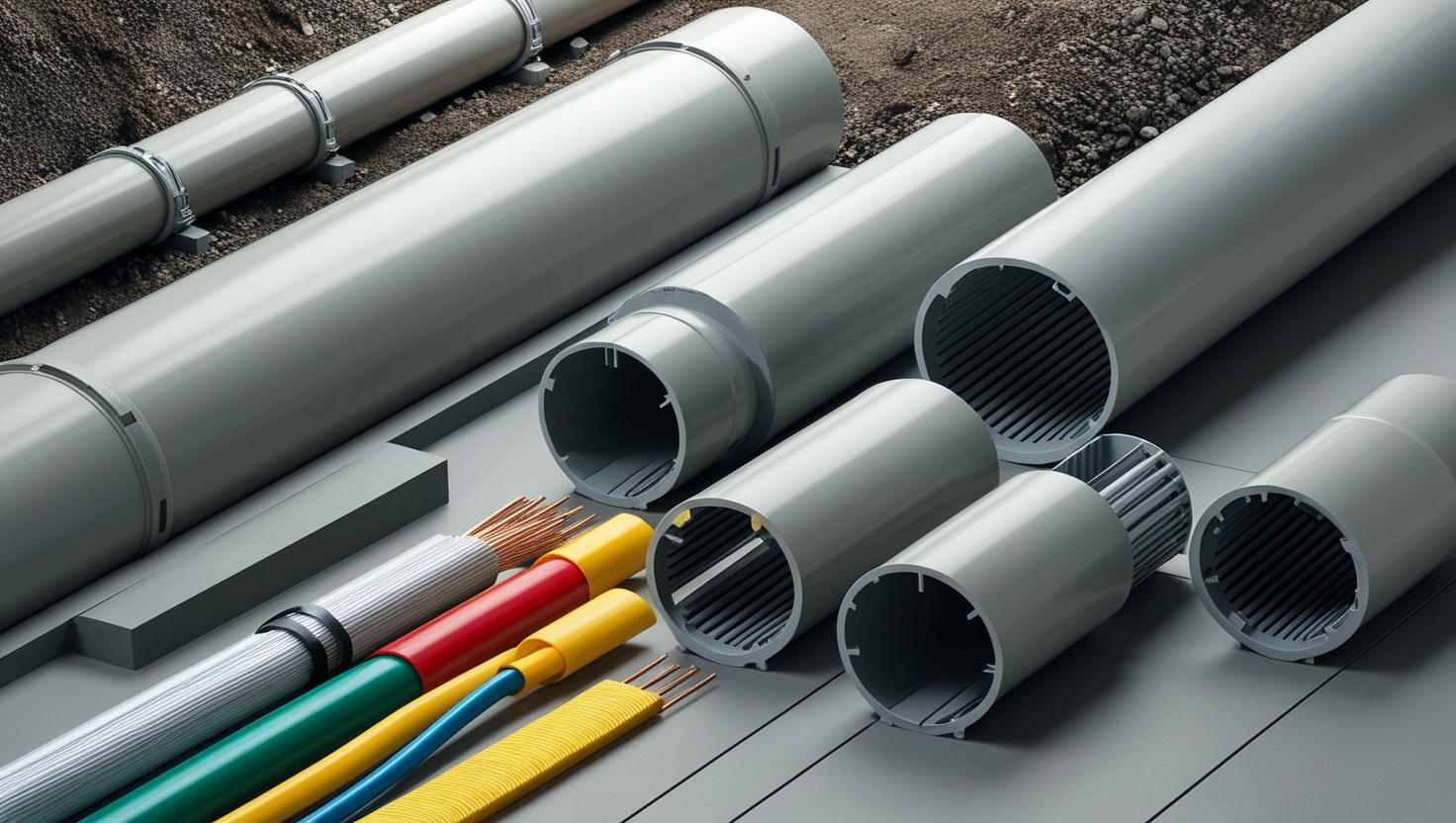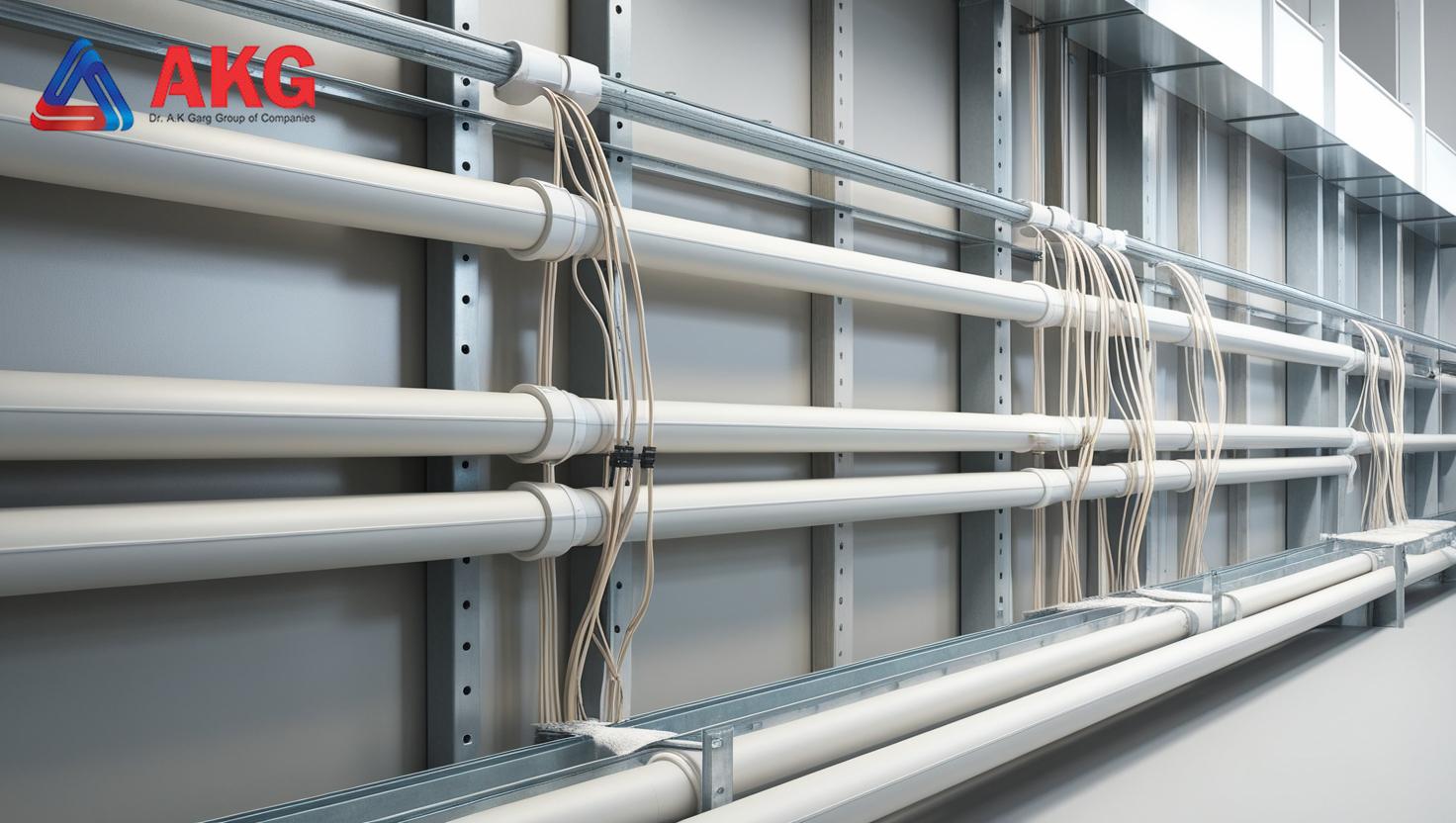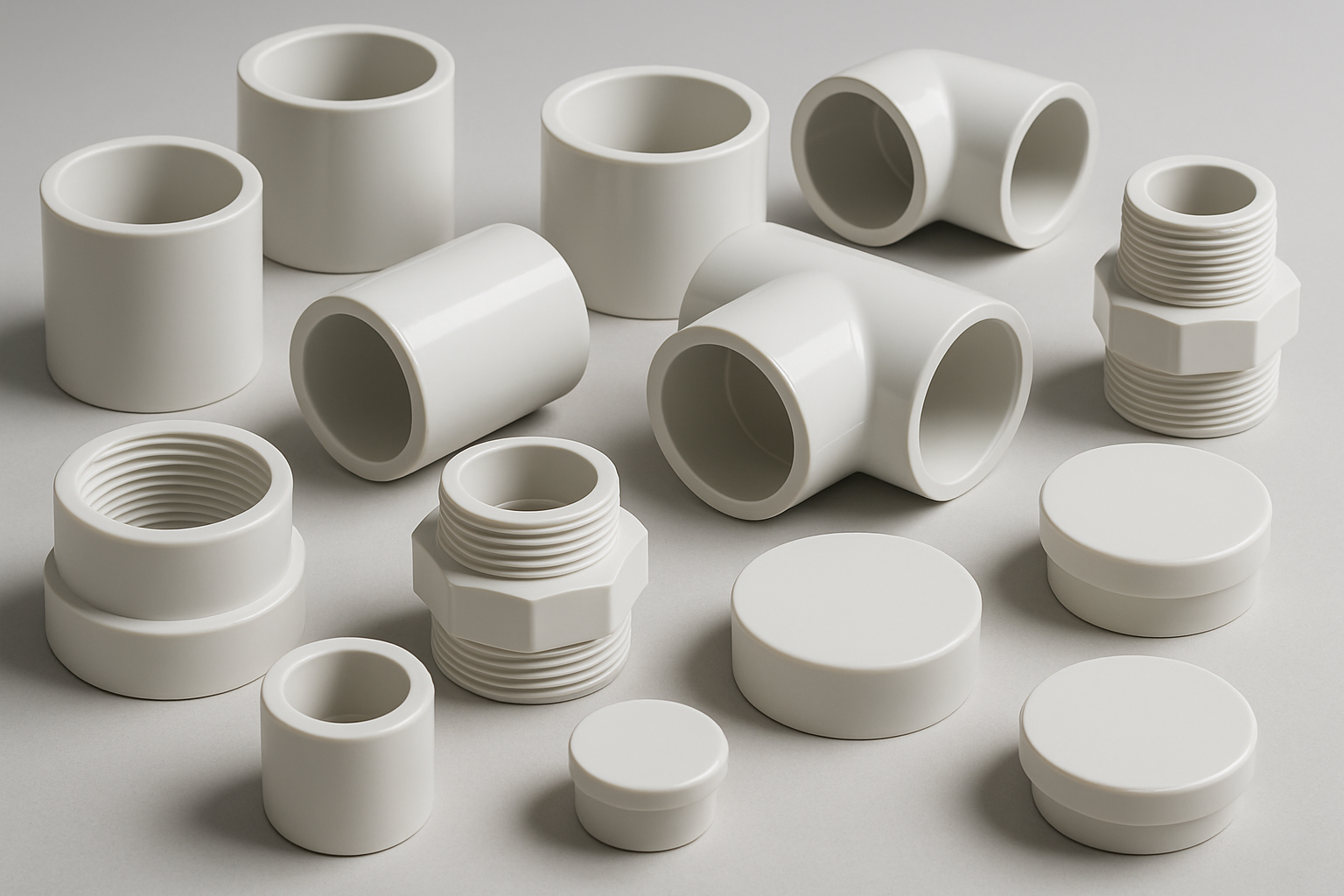CPVC Pipes and Drinking Water Safety: What You Need to Know
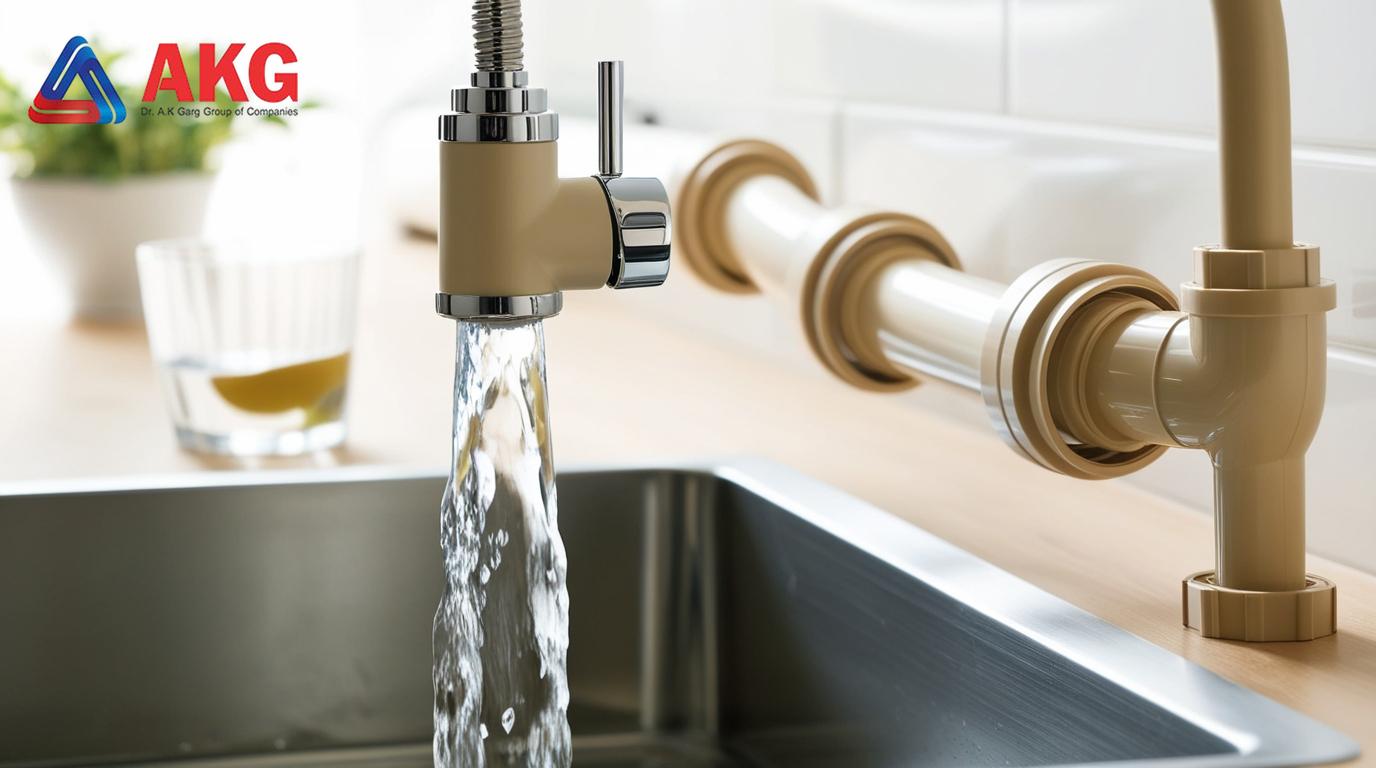
Quick Answer
One of the most common concerns among homeowners and builders is “is CPVC safe” when it comes to plumbing. The answer is yes. CPVC, or chlorinated polyvinyl chloride, is specifically engineered to carry both hot and cold water without compromising quality. It has been tested, certified, and used for decades in residential, commercial, and industrial water supply systems.
If your question is is CPVC safe for drinking water, the short answer is again yes. Its chemical composition and manufacturing standards make it suitable for potable water distribution. CPVC is widely recognized as a durable, non-toxic, and reliable piping solution across the globe.
Why the Pipe Material Matters
Water quality is only as dependable as the pipes that transport it. Even if the source is clean, contamination can occur through corroded materials, leaching metals, or bacterial buildup. This is why the choice of pipe is not just about plumbing efficiency but also about long-term health.
Metal pipes, such as galvanized iron, were once common but tend to rust and add unwanted minerals to water. Low-quality plastics may degrade under heat or pressure, raising doubts about their suitability. This is why many homeowners ask, is CPVC safe before installing it.
Choosing certified CPVC eliminates these concerns. It resists corrosion, does not interact with disinfectants like chlorine, and maintains water purity even in high-pressure or high-temperature conditions. For families that rely on clean drinking water daily, CPVC is a practical solution.
How CPVC Ensures Drinking Water Safety
The next logical question is, is CPVC safe for drinking water under real-world conditions? The answer lies in its distinct properties:
Non-Toxic Composition
CPVC is manufactured to meet international standards for potable water. It does not release harmful chemicals into water, meaning the liquid coming out of the tap remains pure.
Resistance to Chemicals
Municipal water often contains chlorine for disinfection. While some materials degrade when exposed to chlorine, CPVC remains unaffected. This ensures consistent performance for water supply systems.
High-Temperature Tolerance
Unlike ordinary plastic pipes, CPVC can carry hot water without deforming. This makes it a versatile option for kitchens, bathrooms, and industrial facilities.
Bacterial Resistance
The smooth inner surface of CPVC reduces the chances of biofilm growth, lowering the risk of microbial contamination.
Long-Term Reliability
CPVC pipes are known to last for decades even in challenging environments. This durability further confirms the answer to is CPVC safe as a long-term solution.
Together, these qualities show why CPVC is trusted as one of the most dependable piping materials for drinking water systems.
CPVC vs PVC in Simple Terms
Many people confuse PVC and CPVC, especially when discussing water delivery. Here’s a quick breakdown of PVC vs CPVC for drinking water:
- Temperature Tolerance: PVC is suited for cold water only, while CPVC can carry both hot and cold water.
- Chlorine Resistance: CPVC withstands chlorine treatment better, which is critical in municipal supplies.
- Certifications: CPVC is approved for potable use. PVC is generally limited to drainage, irrigation, or non-potable applications.
- Durability: CPVC performs better under heat and pressure, making it more versatile for homes and industries.
When deciding between the two, the question is CPVC safe for drinking water becomes essential. The answer is yes, while PVC does not hold the same certification. This is why in modern water supply systems, CPVC is the recommended choice.
Real-Life Applications of CPVC in Water Supply
To put these benefits into perspective, here are some situations where CPVC proves valuable:
- Homes and Apartments – Distributing hot and cold water without risk of contamination.
- Hospitals and Schools – Delivering clean water in sensitive environments where health is a priority.
- Hotels and Restaurants – Managing high-volume usage while maintaining hygiene standards.
- Industrial Facilities – Handling both potable water and process water effectively.
- Municipal Projects – Supporting large-scale PVC pipes & fittings networks designed for long-lasting performance.
Each of these scenarios reflects the consistent answer to the question, is CPVC safe in practice.
Final Word
Clean water is essential for life, and the pipes that deliver it must guarantee reliability. If you are asking is CPVC safe, the answer is supported by decades of research, global certifications, and countless successful installations.
When comparing PVC vs CPVC for drinking water, CPVC clearly stands out as the stronger, more adaptable, and more durable option. It resists chemicals, carries both hot and cold water with ease, and maintains its integrity for decades.
In modern water supply systems, CPVC is more than just a pipe; it is a trusted choice for maintaining health and performance. For anyone still asking is CPVC safe for drinking water, the evidence is undeniable. Choosing CPVC means choosing a solution that prioritizes purity, dependability, and peace of mind.
For those seeking reliable water supply options, CPVC is also part of a broader family of pipes and fittings like UPVC pipes and fittings, Swr Drainage Pipes, Agri Pipes and Fittings which are designed to support both residential and industrial systems.

